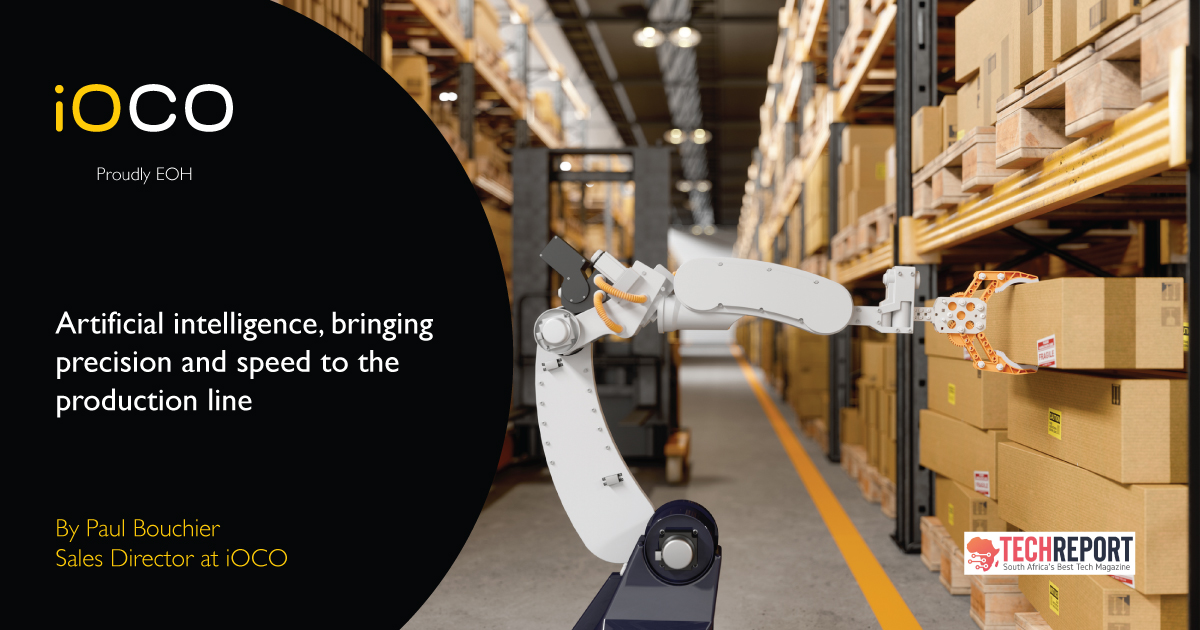With the latest developments in artificial intelligence (AI) technology integrated with modern cloud platforms, embedding AI into business processes is no longer an expensive or lengthy process. is Automotive industry leaders are displaying a rapid approach to innovation, deploying an AI application in the manufacturing production line.
“As an example of the efficiency that AI can introduce, let’s consider production-line workers and engineers who manage reject rates in the pulley assembly process. This used to be a multi-step, manual process,” confirms Paul Bouchier, Sales Director at iOCO, within iOCO Software Distribution, an Infor Gold Partner.
“Now, through AI-driven anomaly detection, the process is radically changed, because machine learning actively checks every 10 minutes by processing millions of records of Internet of Things (IoT) sensor data on the pulley assembly production line for a potential increase in rejection rate. By suggesting the root cause for failure, workers can quickly resolve the issue in the production line. In practice, with AI, automotive leaders are recording the lowest levels of rejection rates than ever before.”
The precision and speed of the AI models are based on two years of production line and machine sensor data brought into the Infor Data Lake and used to train the machine learning (ML) model to observe when the pulley tightening process falls outside normal behavior, increasing the rejection rate.
“In practice, we’ve seen 99 percent faster detection and diagnosis of failure (from one day to 10 minutes), lower rejection rates, and improved overall equipment effectiveness (OEE) and asset utilisation. As a result, better products are delivered, and these are passing quality checks on their first pass. This then leads to a reduction in scrap and parts rework, leading to even more consistent on-time order fulfillment to its customers,” adds Bouchier.
Creating agility in the sector, the AI applications can scale quickly and easily, across multiple production lines and factories. In addition, OEE is the gold standard for measuring manufacturing productivity. For example, an OEE score of 100% means only good parts are being manufactured as fast as possible with no stop time. In the language of OEE, that means 100% quality (only good parts), 100% performance (as fast as possible), and 100% availability (no stop time).
“Measuring OEE and asset utilisation is a manufacturing best practice to gain important insights into systematically improving the manufacturing process. Now AI delivers integrated business intelligence and reporting dashboards to track rejection rates, OEE, and additional key performance indicators (KPIs) in real time. This reduces manual load, simplifying and automating the reporting and self-service process,” concludes Bouchier.



